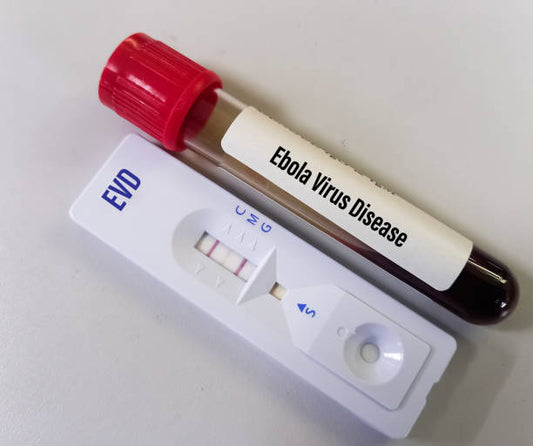Latex allergy is a common medical condition that can lead to allergic reactions when exposed to latex-containing products. These reactions can range from mild skin irritations to severe respiratory distress. To effectively manage latex allergy, it is crucial to identify common triggers and take steps to prevent exposure. This article provides an overview of latex allergy triggers, how to recognize them, and preventive measures to safeguard your health.


Understanding Latex Allergy:
Latex is a natural substance derived from rubber trees. It is commonly used in various products, including medical gloves, balloons, condoms, and certain clothing items. Latex allergy occurs when the body's immune system identifies latex proteins as harmful invaders, triggering an allergic reaction. There are two primary types of latex allergy:
-
Type I Latex Allergy: This is an immediate hypersensitivity reaction and can lead to symptoms like itching, hives, sneezing, runny nose, and, in severe cases, anaphylaxis.
-
Type IV Latex Allergy: This is a delayed hypersensitivity reaction and can result in skin rashes and contact dermatitis.
Development Stage
If someone is exposed to latex, their body may respond by producing an allergic reaction. This reaction may start with the release of chemicals that cause inflammation and itching. It can then progress to more serious symptoms, such as hives, swelling, difficulty breathing, and anaphylaxis.
Common Latex Allergy Triggers:
-
Medical Products: Healthcare settings are common sources of latex exposure. Latex gloves, catheters, and other medical devices can trigger allergic reactions.
-
Balloons and Toys: Balloons made from latex are a frequent cause of allergic responses, especially in children. Latex-containing toys can also be problematic.
-
Condoms and Diaphragms: Latex condoms and diaphragms can cause allergic reactions during sexual intercourse.
-
Clothing and Footwear: Some elastic bands, underwear, and shoes may contain latex. Contact with these products can lead to skin irritation.
-
Rubber Bands: Latex rubber bands are another source of potential exposure.
Identifying Latex Allergy:
Identifying latex allergy involves recognizing the symptoms associated with exposure. These symptoms can vary in severity and might include:
- Itchy, red, or swollen skin: If you develop rashes or hives after contact with latex-containing items, it may be a sign of latex allergy.
- Runny or stuffy nose: Allergic rhinitis can result from inhaling latex particles.
- Sneezing and coughing: Exposure to latex allergens can trigger respiratory symptoms.
- Watery or itchy eyes: Conjunctivitis is another symptom of latex allergy.
- Anaphylaxis: In severe cases, exposure to latex may lead to a life-threatening reaction, characterized by difficulty breathing, swelling, and a drop in blood pressure.
If you suspect you have a latex allergy, it's crucial to consult an allergist or immunologist for proper diagnosis and to discuss management strategies.
Preventing Latex Allergic Reactions:
Here are some key measures to prevent latex allergy triggers:
-
Use Latex-Free Products: Opt for latex-free alternatives, such as nitrile or vinyl gloves, non-latex condoms, and latex-free medical supplies.
-
Wear a Medical Alert Bracelet: If you have a severe latex allergy, consider wearing a medical alert bracelet to inform healthcare providers of your condition.
-
Educate Others: Inform your family, friends, and healthcare providers about your latex allergy to ensure they take necessary precautions.
-
Avoid High-Risk Environments: If possible, avoid environments where latex exposure is likely, such as medical facilities that use latex gloves.
-
Carry Medications: If you have a known severe latex allergy, carry an epinephrine auto-injector for emergency treatment.
-
Allergy Testing: Consider undergoing allergy testing to identify specific latex allergens and better manage your condition.
In conclusion, understanding latex allergy triggers, recognizing symptoms, and taking preventive measures are essential steps in managing this condition. By taking these precautions, individuals with latex allergies can minimize the risk of allergic reactions and lead healthier, allergy-free lives.
Author: Nikita Vishnoi BCA











